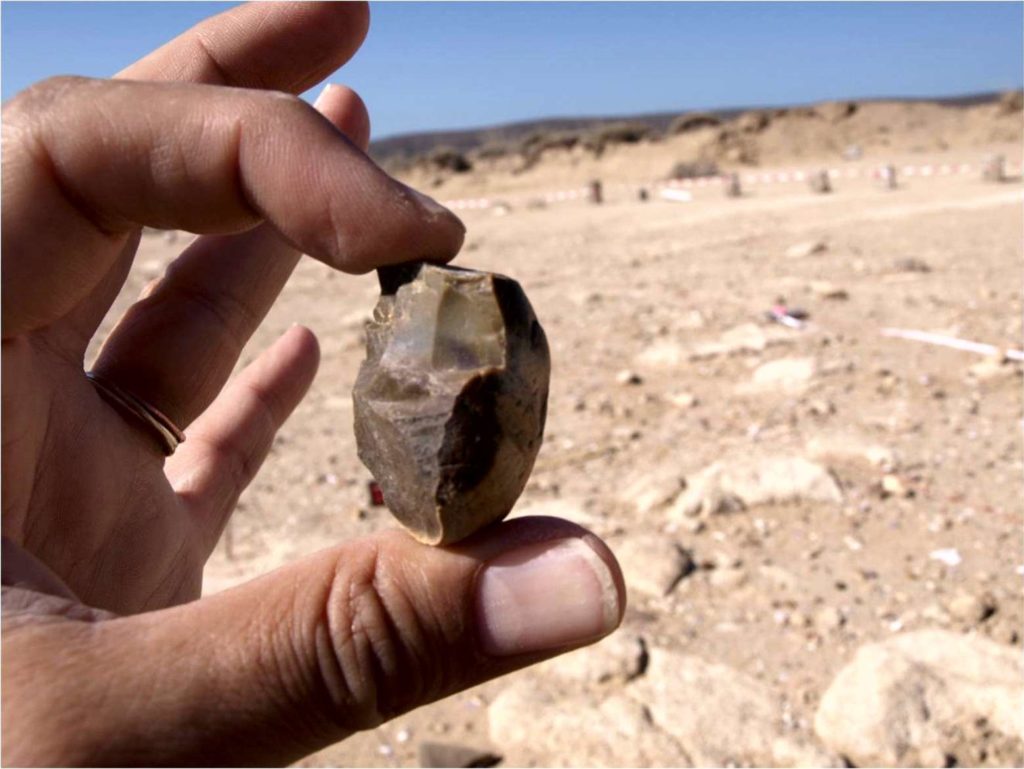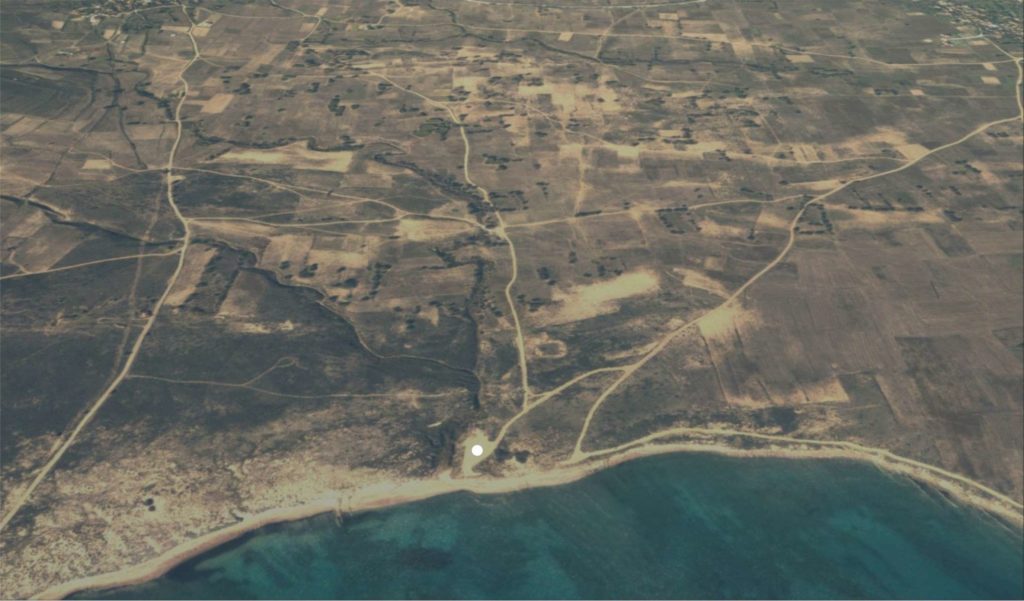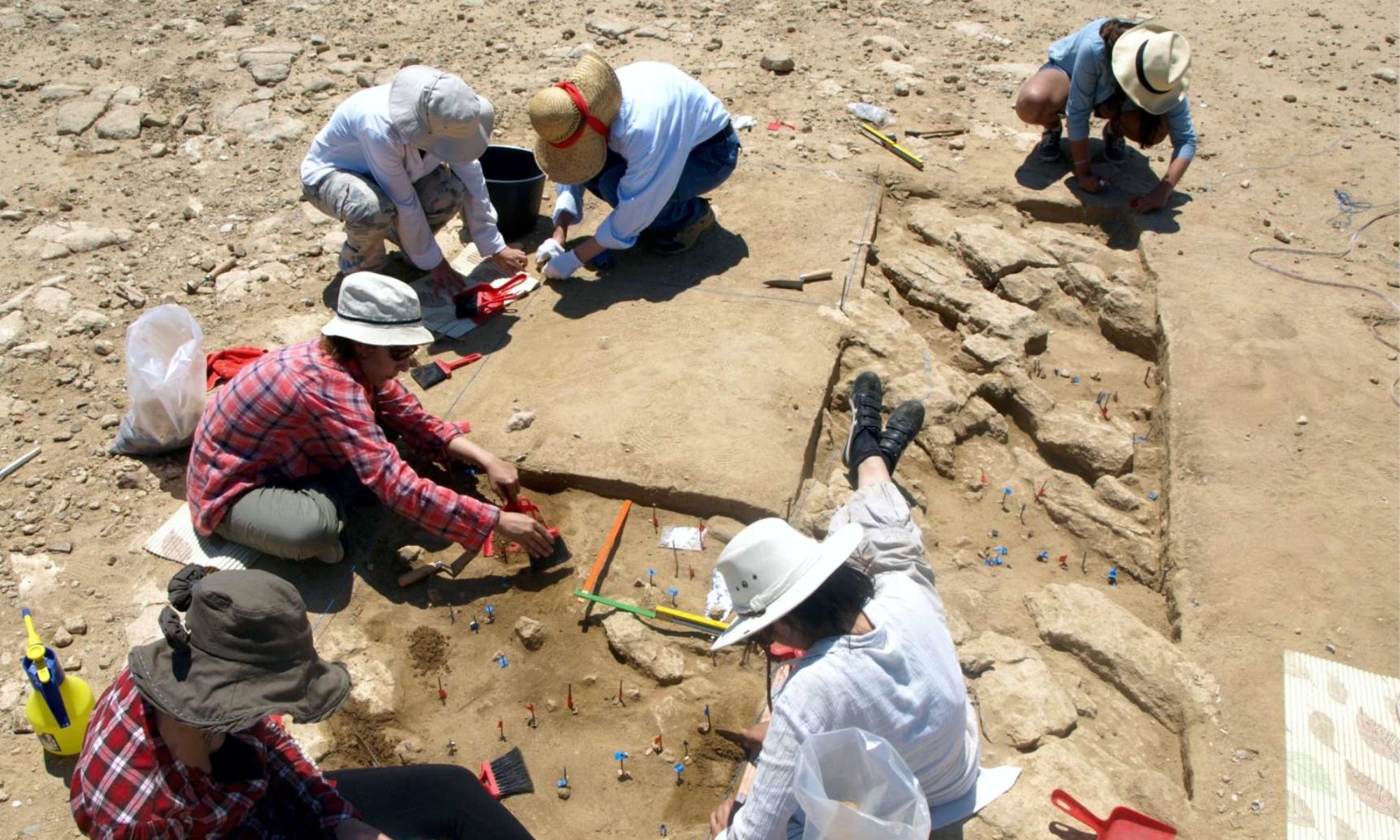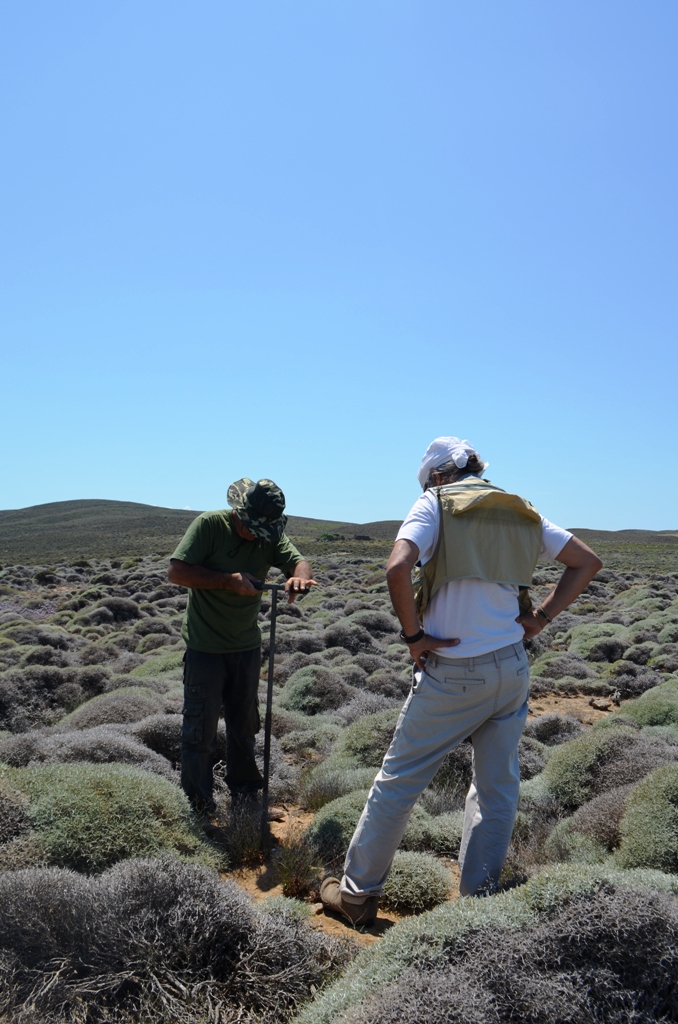The core of the proposed research is to reconstruct the paleogeography and environmental setting of a Final Palaeolithic campsite which is currently archaeologically investigated in the island of Lemnos. The site of Ouriakos has recently produced the first evidence for hunters and gatherers on this island of the Aegean during the time of the climatic episode of Younger Dryas (ca. 10,800-9,600 cal BC), with a large number of chipped stone tools found.

It is a matter of particular interest when studying the life of early islanders in the Aegean to incorporate to the little that is currently known, new data regarding the evolution of island landscapes and coastlines, sea level changes, climate and vegetation records, fluctuations in temperature and precipitation, and in general, what can be described as the earth-science side of the story of a site such as Ouriakos.

The reconstruction of the coastal (paleodune formation, palaeocoastal changes) and inland (plain, river) area around Ouriakos as well as the high resolution geoarchaeological study of the site itself (sedimentology, micromorphology, biological markers), with its rich and unique for the Aegean area material remains, will be a matter of particular interest regarding the geomorphological and cultural history of the Aegean and the practice and scopes of island archaeology (eustatic changes, archaeological visibility, submerged landscapes, early navigation).

Moreover, the environmental and landscape reconstruction of Ouriakos and its immediate area will hopefully give us the chance to explore many archaeological aspects of the economic and ideological interactions. Τhese are related unavoidably to the changing landscapes (coastal plains, lagoons), the human activities (hunting, fishing), technology (types of lithic tools) and social relations (sea travelling, exchanges) that shape in every period the everyday lives of the groups involved.


